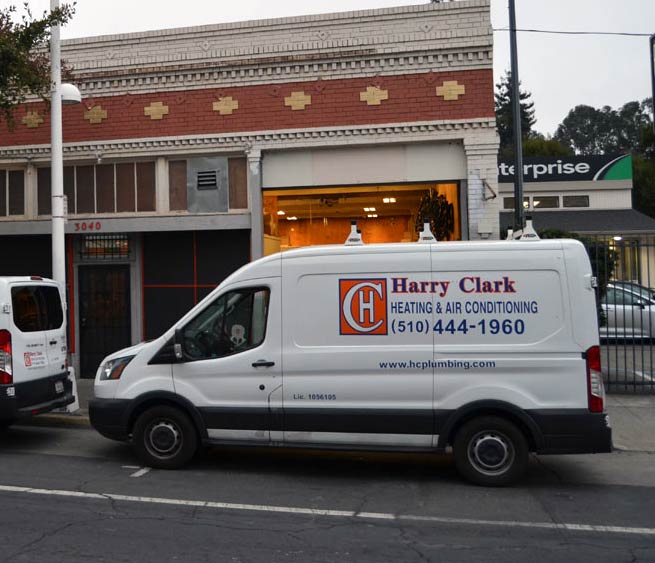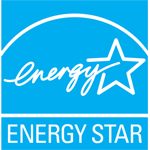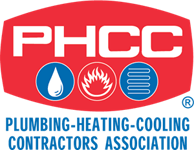Gas furnace versus Heat Pump: Choosing the Right System for Bay Area Homes
When it comes to selecting an HVAC system, Bay Area homeowners have several key factors to consider overall indoor comfort, the total life cycle cost of the system, and the environmental impact of gas versus electric options. Homeowners may prioritize one or more of these factors. In recent years, the growing concern over global warming has prompted a shift towards electrification, making heat pump installations more appealing. However, it’s important to understand the unique considerations of the Bay Area and the diverse climate and the electric and gas rates within California.
The case for heat Pump and electrification:
The link between global warming and greenhouse gas emissions has prompted cities like Berkeley and San Jose to mandate all electric in new construction. Heat pumps system offer and all electric alternative to natural gas. Heat pumps are versatile systems that can provide both heating and cooling. They operated by absorbing heat from outside air and transferring it inside for heating, or absorbing heat from inside air and transferring it outside for cooling. There are various types of heat pumps systems including air to air, water source, and geothermal. In most residential settings air to air is commonly used. They are available in different configurations, such as single stage ducted, two stage ducted, inverter driven ducted, ductless system, combination ducted and ductless systems, and heat pump water heaters and dryers. Heat pumps are considered highly efficient when compared to resistance type heating. Heat Pump System can be all electric or Dual Fuel Hybrid heating. In all electric configurations, there is no carbon dioxide, a greenhouse gas, emitted at the source. For those whose primary concern is the environment, heat pumps systems if practical would be the best choice.
The downside of Heat Pumps:
While all electricity makes sense for newly designed buildings with integrated solar components, insulation, and efficient appliances, retrofitting existing homes poses challenges. Initial cost and maintenance are higher for heat pumps system compared to gas. There is a higher airflow to heat ratio for heat pumps which can result in a draftier feeling during the warmup period. Most heat pump systems’ efficiency drops off with temperatures below 45 degrees. There is less when you need it most. Most installations require duct systems and electric upgrades. There are additional components with heat pump, the outdoor unit. The outdoor unit makes some noise that is measurable. Sound levels need to be considered for placement of these units. Some homes have no great or place at all to install the outdoor components and some owners will simply not be able to afford heat pumps yet.
California’s electric system:
California electric grid relies heavily on fossil fuel for electric generation with only a portion of electricity coming from renewable sources. As electric consumption rises, older and less efficient fossil fuel systems are used resulting in increased emissions. Additionally, electricity is sometime imported from distant regions, including coal fired plants, leading to higher transmission losses, and increased environmental impact. Though California is a leader in renewable energy, adding substantial new renewables requires significant planning, environmental review, and large capital investment. There have been technological advances that have relieved some pressure on the grid. These include variable frequency drive motors, electronic controlled motors, inverter driven compressor, and LED lighting. Of course, homeowners are the biggest standout with installation of home solar and batteries systems. Without these, our grid would be overloaded, and there would be no capacity for electrification.
Utility Rates, Kilowatts, Btu’s, and Therms how do they relate:
Kilowatt hours or kWh is a unit of electricity that you pay for on your utility bill. A therm is a unit of gas that you pay for on your utility bill. There are different rate plans available, and some discounts for electric vehicles or medical equipment and homes with limited income. The average cost is about $.36 per kilowatt hour and $2.37 per Therm of gas for PGE in 2023. Gas prices have doubled since 2021. This is largely due to world energy prices. It is possible that gas prices will decrease in the short term. Electric rates have increased at a much more moderate rate. Up to now it has been less expensive to heat with gas. At present, it may be about the same to heat with gas or heat pump electric depending on the efficiency of the unit and rate plan. If you have enough solar then it would be less to operate with heat pump heating system, and there would be the least carbon footprint.
The case for gas furnaces:
Gas furnace have dominated the heating field in urban area of California. This is especially true for the San Francisco Bay Area where the climate is moderate and there has been traditionally little need for air conditioning. Historically gas furnaces are gravity type or forced air single speed. Modern gas furnaces come in a variety of sizes and types, ranging in efficiency from 80% to 98% AFUE and capacities to heat homes from 800 sq. up. They come in single speed, two speed two stage, two stage variable speed and modulating in both 80% and Energy Star model over 90% AFUE. Gas furnaces have been historically preferred for three big reasons, low-cost gas prices, low-cost initial installation or replacement, low-cost maintenance, or repairs. Though the quality heat varies with different types of gas furnace it is generally good. Most properly sized gas heating systems have fast recovery and high certified temperature rise. Modulating furnaces have the highest certified temperature rise at 55 degrees and the lowest airflow meaning quiet and comfortable feeling to the heat. Modulating furnaces are an ideal replacement for gravity type furnaces. The lower airflow also enhances the efficiency of air cleaning. That is a real plus with the recent wildfire events and lingering smoke in the Bay Area. A gas furnace can be part of a Hybrid Heating System when used in combination with a matching heat pump. This option fits larger homes when one heat pump system is not enough or when it’s not practical to use two or more heat pumps.
The downside of gas furnaces.
Gas furnaces are heating only unless other components are installed. Installing a gas furnace with air conditioning is close to the price of a Heat Pump System or Hybrid Heating System. Gas prices are increasing at a higher rate when compared to electricity. Gas furnaces emit some nitrous oxide and carbon dioxide, a greenhouse gas. Some customers are concerned over the safety of gas however this is largely unfounded. Gas furnaces may be phased out over time, with increased emission standards and global warming. The timeline for this is debatable and comes with unintended consequences. If gas furnaces are phased out it would only be for new construction and replacement. Existing gas furnace system would be grandfathered in.
Conclusion:
Heat Pump System are generally more expensive than gas heating but the operating cost depending on equipment and rate plan may be around the same. Furnace replacement will be the lowest cost in the short term. If gas prices continue to rise at a faster rate than electricity, it will be less to heat with a heat pump. If air conditioning is needed, then heat pumps system are more attractive. When homes are large, Hybrid Heating Dual Fuel may be best. If homes already have solar with sufficient capacity or solar is planned for the near future, then heat pumps system will be the lowest operating cost with no emission on site. If initial cost and practicality of heat pump installation are factors gas heating may be the good solution. Either way there is a system for every home.
Glossary Of terms:
AFUE stands for Annual Fuel Utilization Efficiency. It is a measure used to evaluate the efficiency of combustion appliances such as gas furnaces. AFUE represents the percentage of fuel energy that is converted to useable heat.
BTU stands for British Thermal Unit. It is a unit of measure for energy and heat. One BTU is defined as the amount of heat required to raise the temperature of one pound of water one degree Fahrenheit. It is a measurement of energy and heat.
Energy Star is a volunteer program established by the Environmental Protection Agency to promote energy efficiency in products and buildings. It was created to help consumers choose energy efficient options.
HVAC stands for Heating, Ventilation, and Air Conditioning. It refers to technology, systems, and equipment used to control the indoor environment of buildings including residential, commercial, and industrial spaces.
Hybrid Heating refers to heating systems that combine two or more heating technologies to provide efficient and flexible heating and conditioning. Hybrid systems typically combine gas furnaces with electric heat pumps.
Kilowatt Hour (kWh) is a unit of electric energy commonly used to measure electricity consumption. It is a combination of power and time, (kw) and (hour). Kilowatt hours are used to measure electricity usage by utility companies.
Renewable Energy refers to energy sources that are naturally replenished and have minimal impact on the environment. Unlike fossil fuels which are finite and contribute to climate change and pollution, renewable energy sources are considered sustainable and have a lower carbon footprint. Renewable energy includes solar, wind, hydro power, geothermal, biomass and tidal.
Sources: Harry Clark Heating and Air Conditioning, PGE Residential Rate Plan Pricing 2023, California Energy Commission, 2018, 2019 and 2020 Total System Generation, U.S. Energy Information Administration FAQ, American Council of Energy Efficient Economy, and ChatGPT.

Contact Us














